Home>Construction & Tools>Building Materials>How To Clean A Brick Floor
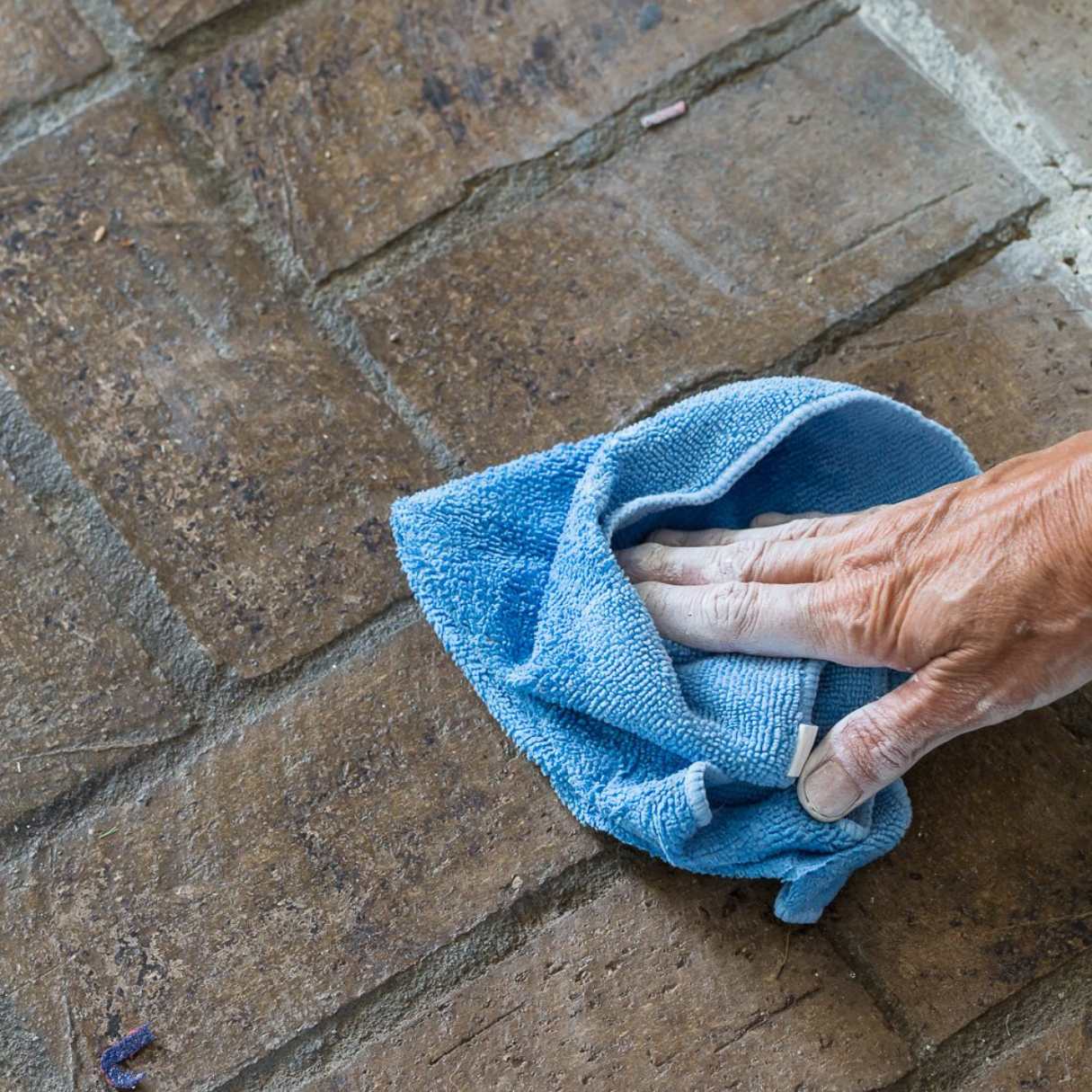

Building Materials
How To Clean A Brick Floor
Modified: February 18, 2024
Learn how to effectively clean and maintain your brick floor with our expert tips and techniques. Keep your building materials looking their best with our step-by-step guide.
(Many of the links in this article redirect to a specific reviewed product. Your purchase of these products through affiliate links helps to generate commission for Storables.com, at no extra cost. Learn more)
Introduction
Welcome to the world of timeless elegance and rustic charm – the realm of brick floors. Whether adorning a cozy kitchen, a welcoming entryway, or a grand courtyard, brick floors exude a distinctive character that can transform any space into a warm and inviting haven. However, to maintain the allure and durability of brick floors, proper care and maintenance are essential.
In this comprehensive guide, we will delve into the art of cleaning and maintaining brick floors, unveiling the secrets to preserving their natural beauty for generations to come. From preparing the materials to tackling stubborn stains and sealing the surface, we will explore the step-by-step process of revitalizing your brick floors. Additionally, we will discuss the importance of regular maintenance to ensure the longevity and luster of these timeless architectural elements.
So, roll up your sleeves and prepare to embark on a journey of restoration and rejuvenation as we uncover the art of cleaning and maintaining your beloved brick floors.
Key Takeaways:
- Cleaning and maintaining brick floors involves gentle scrubbing with a mild detergent, targeted stain removal with vinegar or baking soda, and sealing to protect against future damage. Regular upkeep ensures the enduring beauty of these timeless architectural elements.
- To keep brick floors looking their best, regular sweeping, gentle cleansing, and periodic sealing are essential. By investing in maintenance, you can preserve the rustic charm and elegance of your brick floors for years to come.
Read more: How To Clean Interior Brick Floors
Materials Needed
Before diving into the cleaning process, it’s crucial to gather the essential materials to ensure a thorough and effective restoration of your brick floors. Here’s a list of items you’ll need:
- Broom or vacuum cleaner with a soft brush attachment
- Mild detergent or specially formulated brick floor cleaner
- Bucket
- Soft-bristled brush or mop
- Old towels or cloths
- Warm water
- Vinegar (optional for stubborn stains)
- Sealer suitable for brick floors
- Paint roller or brush for applying the sealer
- Protective gloves
- Protective eyewear
- Respirator mask (if working in a poorly ventilated area)
By ensuring that you have these materials on hand, you’ll be well-equipped to tackle the task of cleaning and maintaining your brick floors with confidence and precision. Now that we have our materials ready, let’s move on to preparing the floor for the cleaning process.
Preparing the Floor
Before initiating the cleaning process, it’s essential to prepare the brick floor to ensure optimal results. This involves removing any surface debris, dust, or loose particles that may hinder the effectiveness of the cleaning solution.
Begin by thoroughly sweeping the brick floor using a broom or a vacuum cleaner equipped with a soft brush attachment. This initial step is crucial for eliminating loose dirt, dust, and debris that may have accumulated on the surface and within the crevices of the bricks. By employing a gentle sweeping motion, you can effectively clear the area without causing damage to the brick surface.
Next, prepare a solution of mild detergent or a specially formulated brick floor cleaner mixed with warm water in a bucket. Ensure that the detergent is suitable for brick surfaces to prevent any potential damage or discoloration. With a soft-bristled brush or mop, apply the cleaning solution to the brick floor, working in small sections to ensure thorough coverage.
Allow the cleaning solution to penetrate the surface for a few minutes to loosen any embedded dirt or grime. During this time, you can agitate the solution using the soft-bristled brush to dislodge stubborn stains or soiling. Once the cleaning solution has had ample time to work its magic, proceed to the next step of the process: cleaning the brick floor.
With the floor adequately prepared and the cleaning solution primed for action, we are ready to embark on the transformative journey of restoring the natural beauty of your brick floors. Let’s delve into the intricacies of cleaning the brick floor and unveiling its inherent radiance.
Cleaning the Brick Floor
Now that the brick floor is prepared and the cleaning solution has had time to penetrate the surface, it’s time to embark on the pivotal stage of cleaning the brick floor. This process requires meticulous attention to detail and a gentle touch to ensure the preservation of the brick’s natural patina.
Using a soft-bristled brush or mop, gently scrub the brick floor in small sections, working methodically to cover the entire surface. Pay particular attention to any areas with visible stains or discoloration, applying a bit of extra elbow grease to effectively lift the blemishes from the surface of the bricks.
As you progress through the cleaning process, periodically rinse the brush or mop and replenish the cleaning solution to maintain its effectiveness. This will prevent the re-deposition of dirt and grime onto the brick floor, ensuring a thorough and successful cleaning endeavor.
Once the entire floor has been meticulously scrubbed and all traces of dirt and stains have been addressed, use old towels or cloths to blot the excess moisture from the surface of the bricks. This step is crucial for expediting the drying process and preventing water spots from forming on the brick floor.
After completing the cleaning process, allow the brick floor to air dry completely before proceeding to the next stage. This ensures that the bricks are free from moisture and ready for the subsequent steps of stain removal and sealing, which are essential for preserving the pristine condition of the floor.
With the brick floor now cleansed and awaiting the final touches of restoration, we will delve into the techniques for addressing stubborn stains that may have resisted the initial cleaning efforts. Join us as we unlock the secrets to conquering persistent blemishes and revitalizing the allure of your brick floor.
To clean a brick floor, start by sweeping or vacuuming to remove loose dirt and debris. Then, use a mixture of warm water and mild detergent to scrub the bricks with a stiff brush. Rinse with clean water and allow to air dry. Avoid using harsh chemicals or pressure washers, as they can damage the bricks.
Removing Stubborn Stains
While the initial cleaning process effectively addresses most surface dirt and grime, stubborn stains may require targeted techniques to achieve complete removal. Whether dealing with oil, grease, or deep-seated discoloration, the following methods can help conquer persistent blemishes and restore the pristine appearance of your brick floor.
Vinegar Solution: For stubborn stains, particularly those caused by oil or grease, a solution of vinegar and water can work wonders. Mix equal parts of vinegar and water in a bucket and apply the solution directly to the affected areas. Allow the solution to sit for a few minutes to penetrate the stains, then gently scrub the area with a soft-bristled brush. Rinse the area thoroughly with clean water and blot dry with a cloth.
Baking Soda Paste: For ingrained or discolored stains, create a paste using baking soda and water. Apply the paste to the affected areas, ensuring a thick and even coverage. Allow the paste to sit for approximately 15-20 minutes to absorb the stains. Using a soft-bristled brush, gently scrub the paste into the brick surface, then rinse the area with warm water and pat dry with a cloth.
Hydrogen Peroxide: For tough organic stains, such as mildew or algae, hydrogen peroxide can be an effective solution. Apply the hydrogen peroxide directly to the affected areas and allow it to sit for 10-15 minutes. Using a soft-bristled brush, gently scrub the stained areas, then rinse thoroughly with warm water and dry with a cloth.
By employing these targeted stain removal techniques, you can effectively combat persistent blemishes and restore the natural beauty of your brick floor. Once the stains have been successfully addressed, the final step of sealing the brick floor will ensure long-lasting protection and enhance its resilience against future staining and wear.
With the stubborn stains vanquished and the brick floor poised for the finishing touch, we will explore the crucial process of sealing the surface to safeguard its integrity and maintain its exquisite appearance. Join us as we unveil the art of preserving and protecting your rejuvenated brick floor.
Read more: How To Cover A Brick Floor
Sealing the Brick Floor
After the rigorous cleaning and stain removal processes, sealing the brick floor is essential to fortify its resilience against future stains, moisture, and wear. A high-quality sealer serves as a protective barrier, enhancing the longevity and maintaining the luster of your rejuvenated brick floor.
Before applying the sealer, ensure that the brick floor is completely dry to facilitate optimal adhesion and penetration of the sealing solution. It’s imperative to select a sealer specifically formulated for brick surfaces, as these sealers are designed to penetrate the porous nature of bricks, providing comprehensive protection.
Using a paint roller or brush, apply the sealer evenly across the entire surface of the brick floor, working in manageable sections to guarantee thorough coverage. Pay special attention to any grout lines, ensuring that the sealer penetrates these areas to prevent moisture infiltration and discoloration.
Allow the initial coat of sealer to dry according to the manufacturer’s instructions, typically for a few hours, before applying a second coat. This second application further reinforces the protective barrier, fortifying the brick floor against potential staining and deterioration.
Once the sealer has been applied and allowed to cure, typically within 24-48 hours, your brick floor will boast enhanced resistance to stains, water penetration, and abrasion. The sealing process not only safeguards the natural beauty of the bricks but also simplifies future maintenance, making routine cleaning and upkeep more manageable.
With the brick floor now sealed and shielded against environmental elements and everyday wear, we will explore the significance of regular maintenance in preserving its timeless allure and structural integrity. Join us as we unravel the art of caring for and maintaining your newly revitalized brick floor, ensuring its enduring splendor for years to come.
Maintaining the Brick Floor
Regular maintenance is paramount to uphold the pristine condition and timeless appeal of your brick floor. By implementing simple yet effective upkeep practices, you can prolong the longevity and aesthetic charm of this enduring architectural feature.
Scheduled Cleaning: Establish a routine cleaning schedule to remove surface debris, dust, and minor stains. Regular sweeping or vacuuming with a soft brush attachment can prevent the accumulation of dirt and grime, preserving the natural beauty of the brick floor.
Gentle Cleansing: When cleaning the brick floor, opt for a mild detergent or specially formulated brick floor cleaner to maintain its integrity. Harsh chemicals and abrasive cleaning agents can compromise the protective seal and damage the surface of the bricks, so it’s essential to use gentle yet effective cleaning solutions.
Spot Treatment: Promptly address spills and stains to prevent them from setting into the bricks. Blot spills immediately with a cloth or paper towel, then gently cleanse the affected area with a mild detergent and warm water to prevent permanent discoloration.
Periodic Sealing: Monitor the condition of the sealant on your brick floor and reapply the sealer as needed, typically every 1-3 years depending on the level of foot traffic and environmental exposure. Regularly inspect the surface for signs of wear and reseal the floor to maintain its protective barrier and lustrous finish.
Grout Maintenance: If your brick floor features grout lines, periodically inspect and maintain the grout to prevent moisture penetration and potential deterioration. Repair any damaged or deteriorating grout to uphold the structural integrity and visual cohesion of the floor.
By adhering to these maintenance guidelines, you can safeguard the enduring beauty and structural integrity of your brick floor, ensuring that it remains a captivating focal point of your living space for years to come.
With a steadfast commitment to regular maintenance, your brick floor will continue to exude its timeless allure and enduring charm, enriching your home with its distinctive character and natural elegance.
Conclusion
Congratulations on embarking on the transformative journey of cleaning and maintaining your beloved brick floor. By following the comprehensive steps outlined in this guide, you have not only revitalized the natural beauty of your brick floor but also fortified its resilience against the rigors of daily use and environmental exposure.
From the meticulous preparation of the floor and the gentle yet thorough cleaning process to the targeted removal of stubborn stains and the crucial sealing of the surface, you have embraced the art of preserving and enhancing the timeless allure of brick floors.
By understanding the significance of regular maintenance and implementing simple yet effective upkeep practices, you have positioned your brick floor to stand the test of time, radiating its rustic charm and enduring elegance throughout your living space.
Remember, the care and attention you invest in maintaining your brick floor will be reflected in its enduring splendor and longevity. With each gentle sweep, scheduled cleaning, and periodic sealing, you contribute to the preservation of this timeless architectural element, enriching your home with its distinctive character and natural warmth.
As you revel in the enduring beauty of your revitalized brick floor, may it serve as a testament to your dedication to preserving the timeless charm and rustic elegance that brick floors bestow upon any space they adorn.
Thank you for joining us on this enriching journey, and may your brick floor continue to captivate and inspire for generations to come.
Frequently Asked Questions about How To Clean A Brick Floor
Was this page helpful?
At Storables.com, we guarantee accurate and reliable information. Our content, validated by Expert Board Contributors, is crafted following stringent Editorial Policies. We're committed to providing you with well-researched, expert-backed insights for all your informational needs.
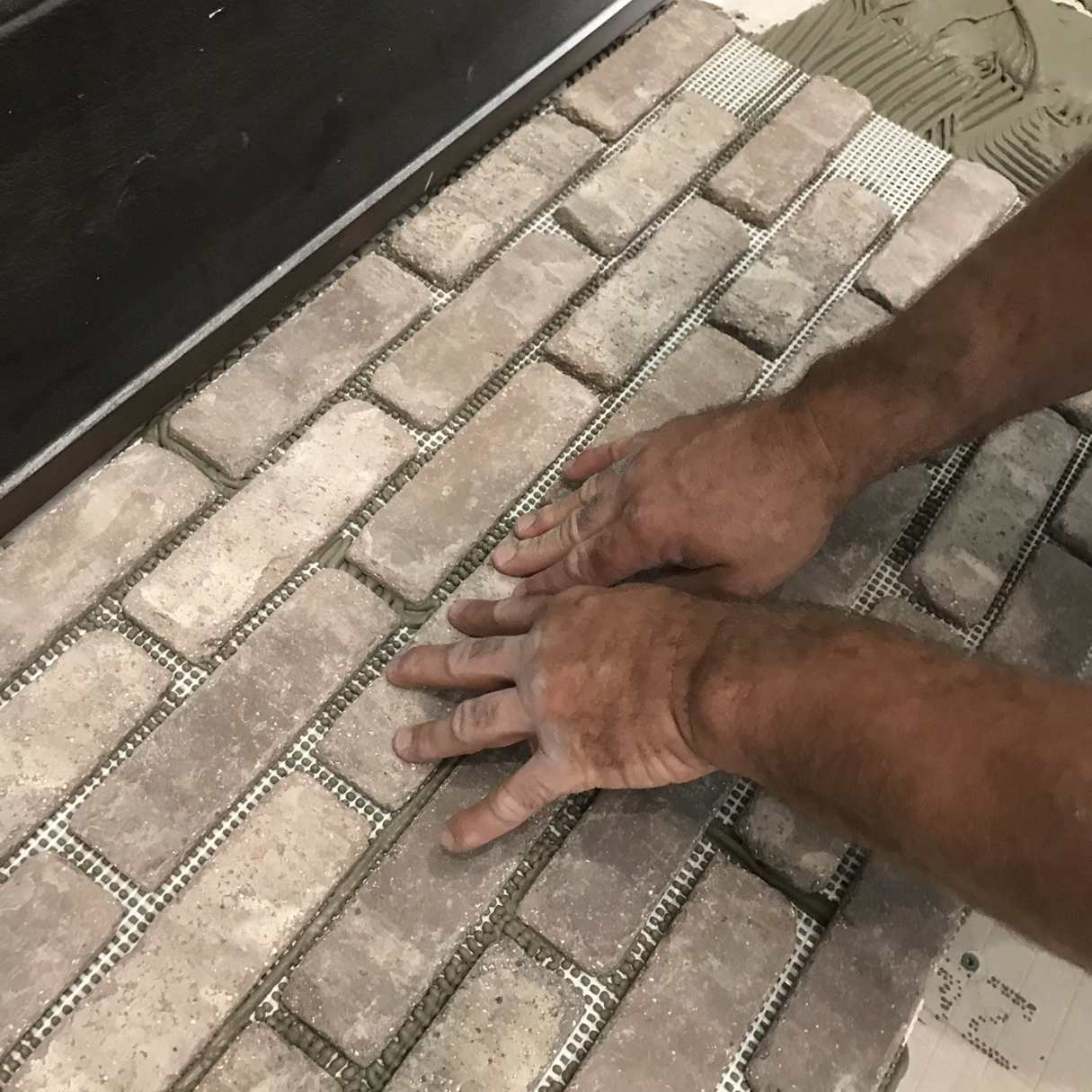
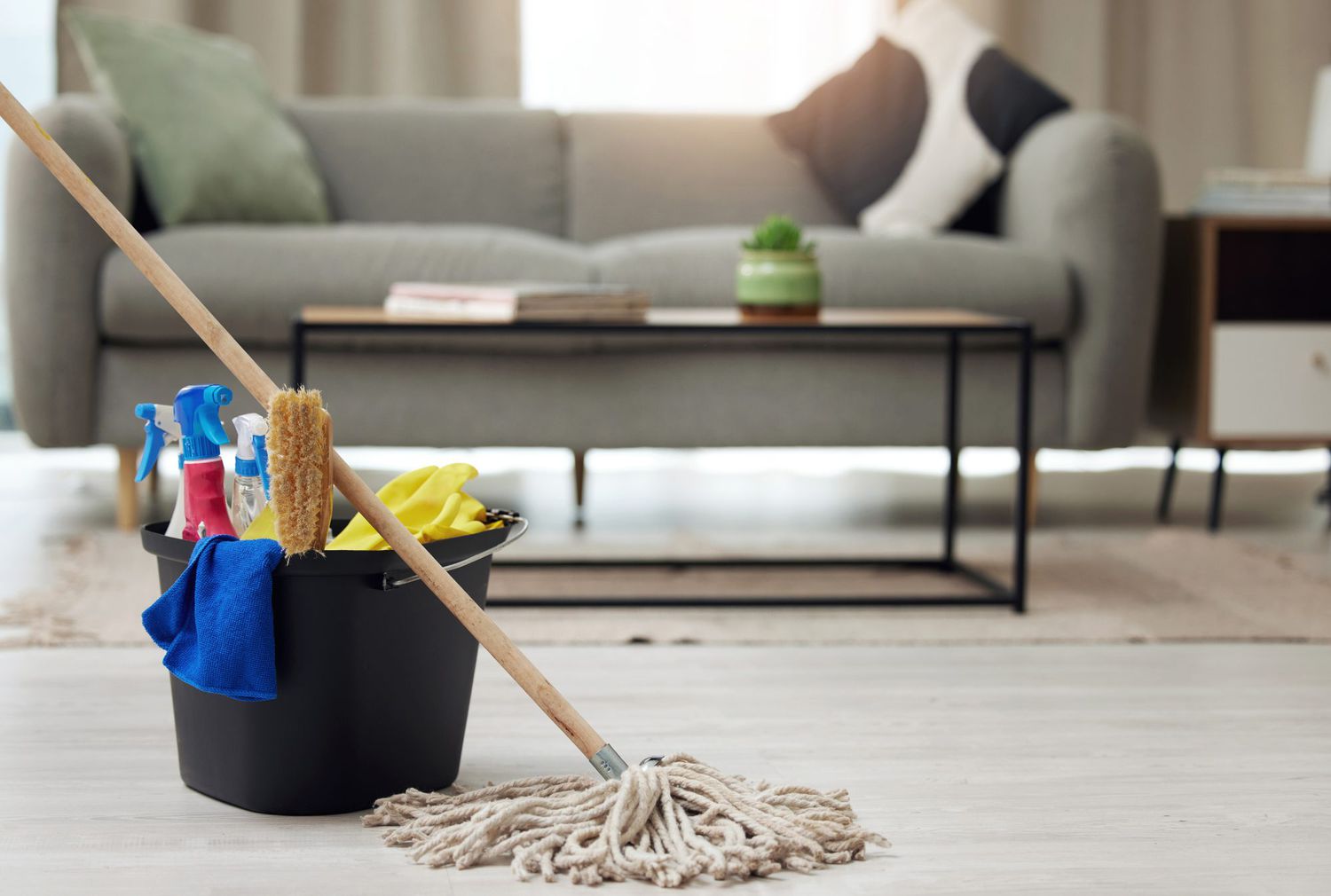
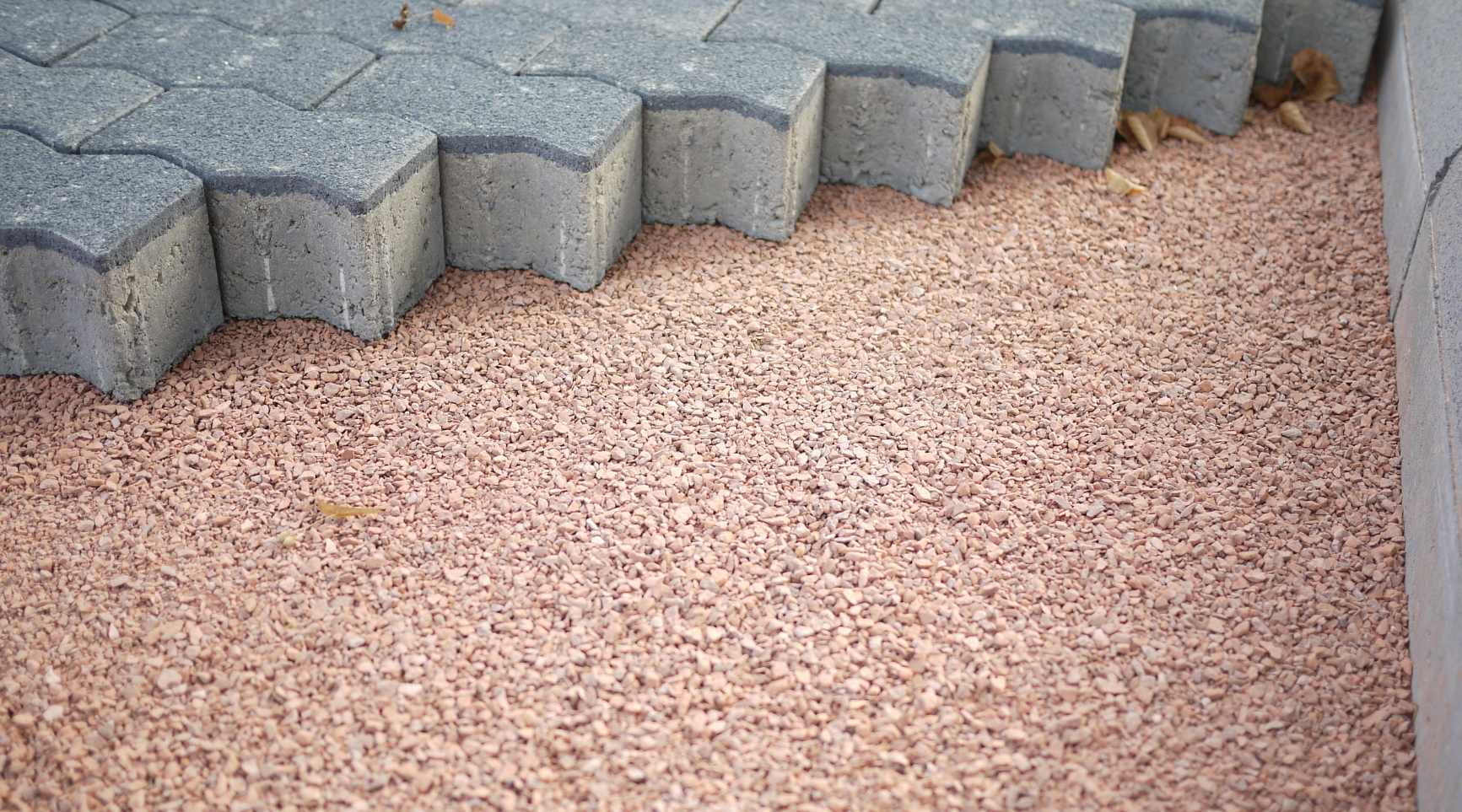
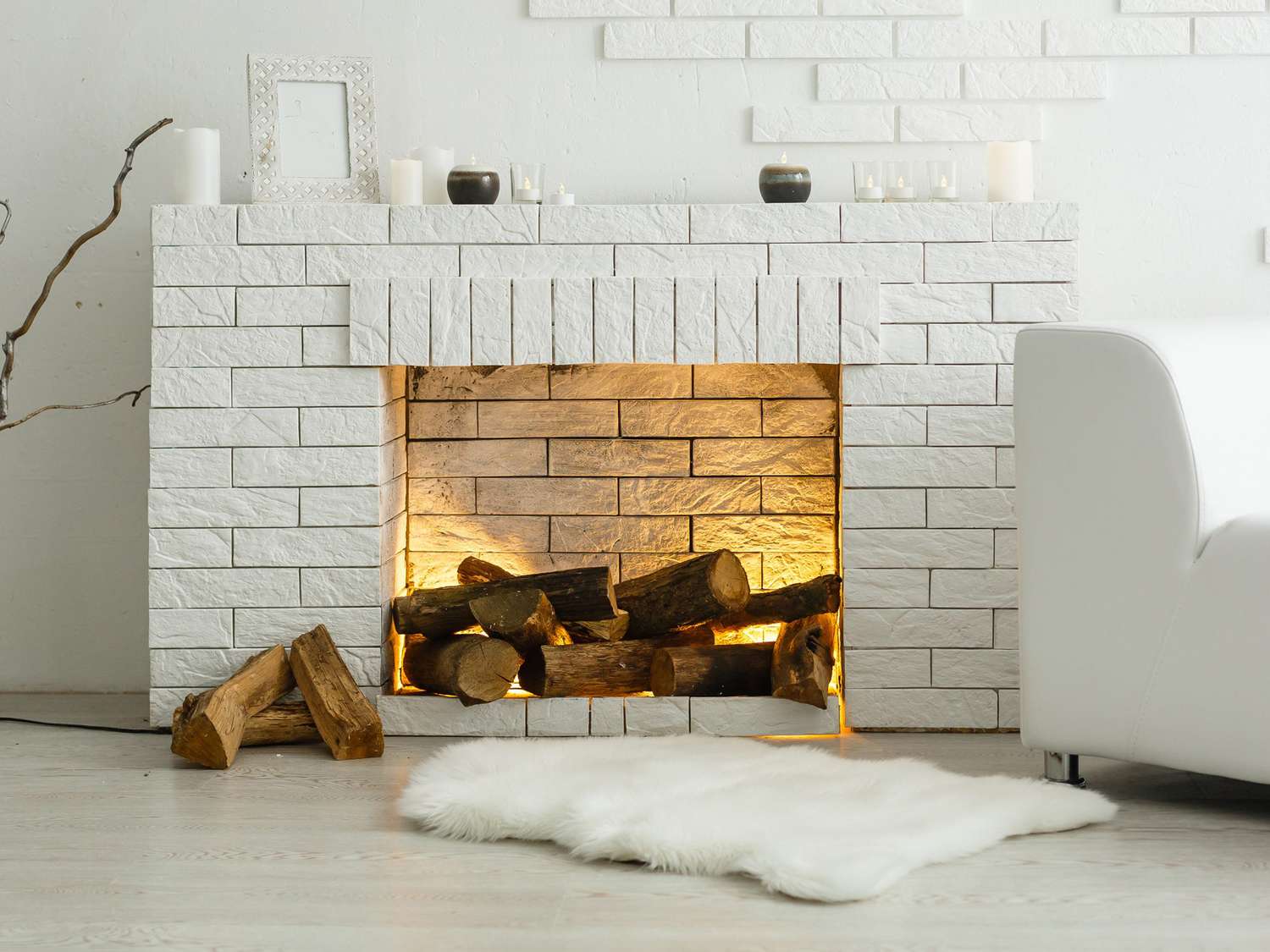
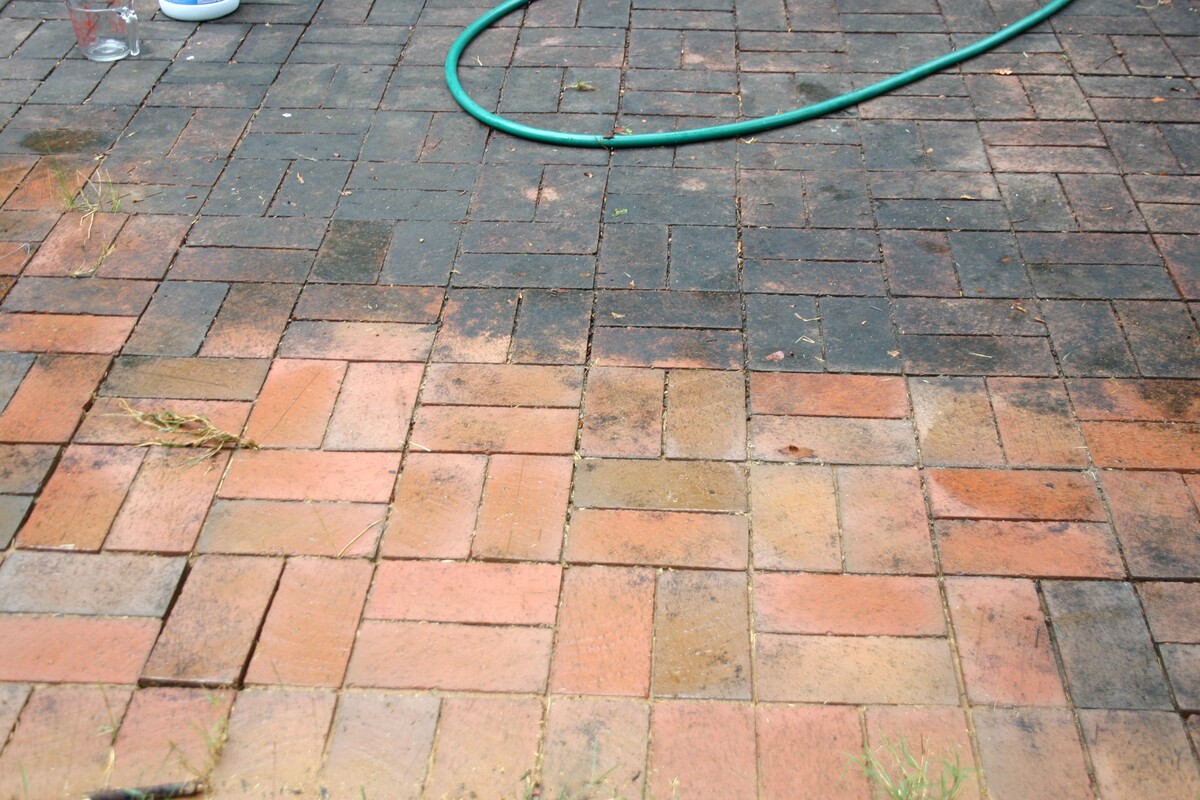
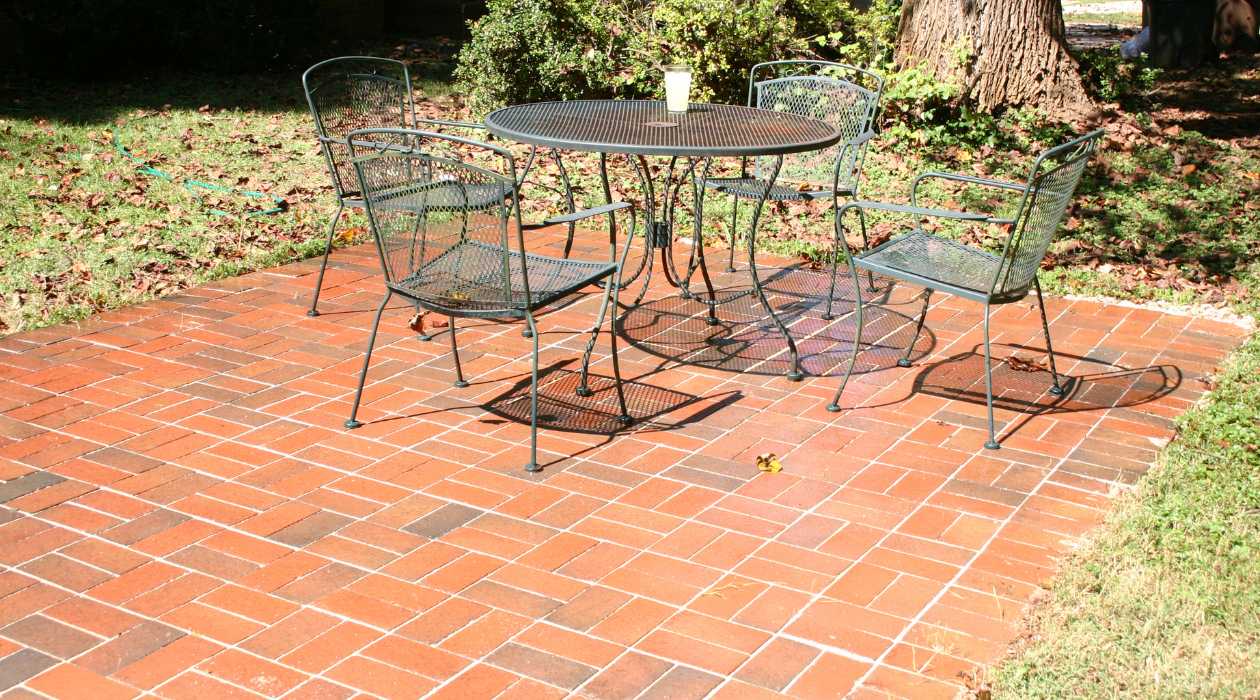
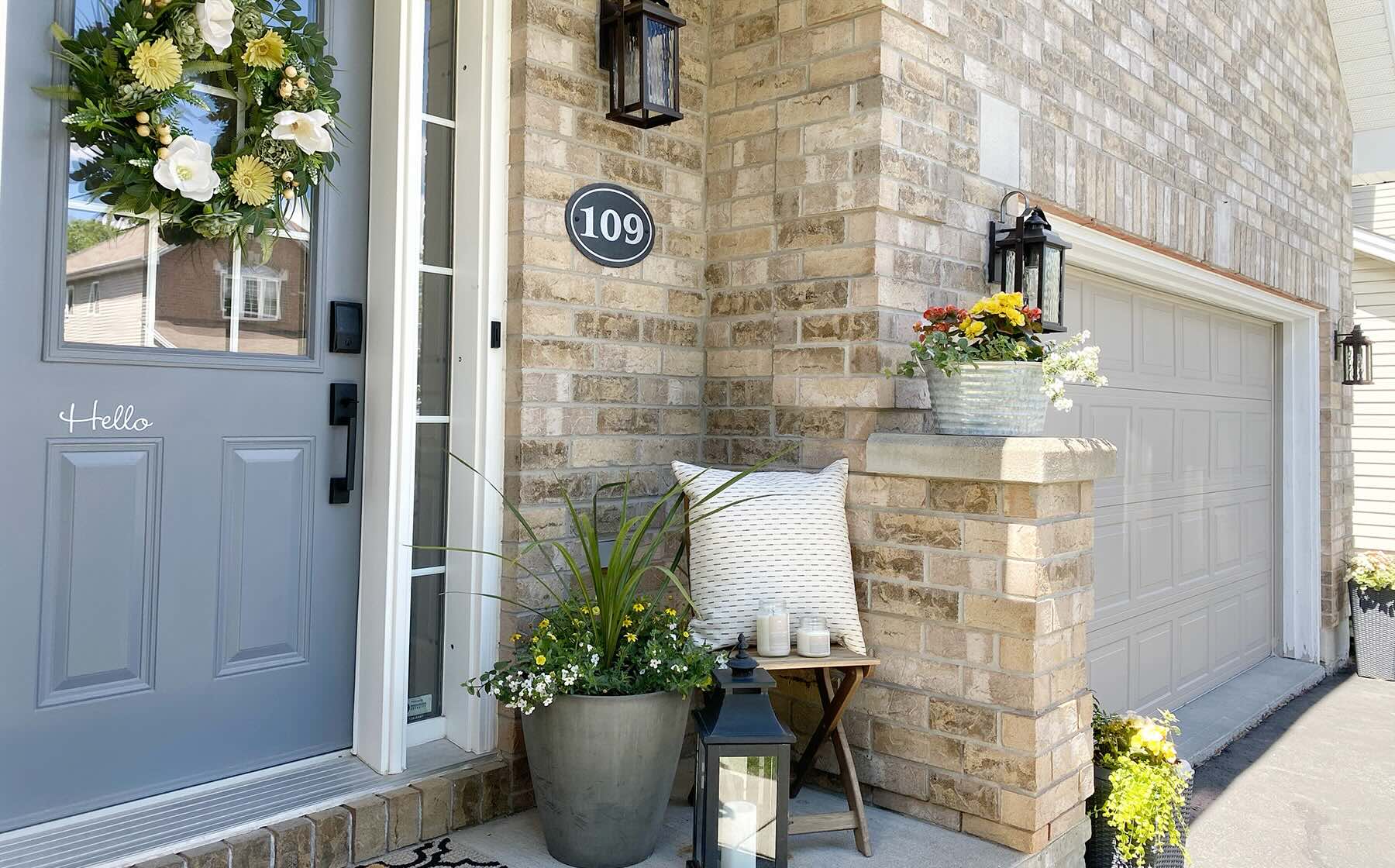
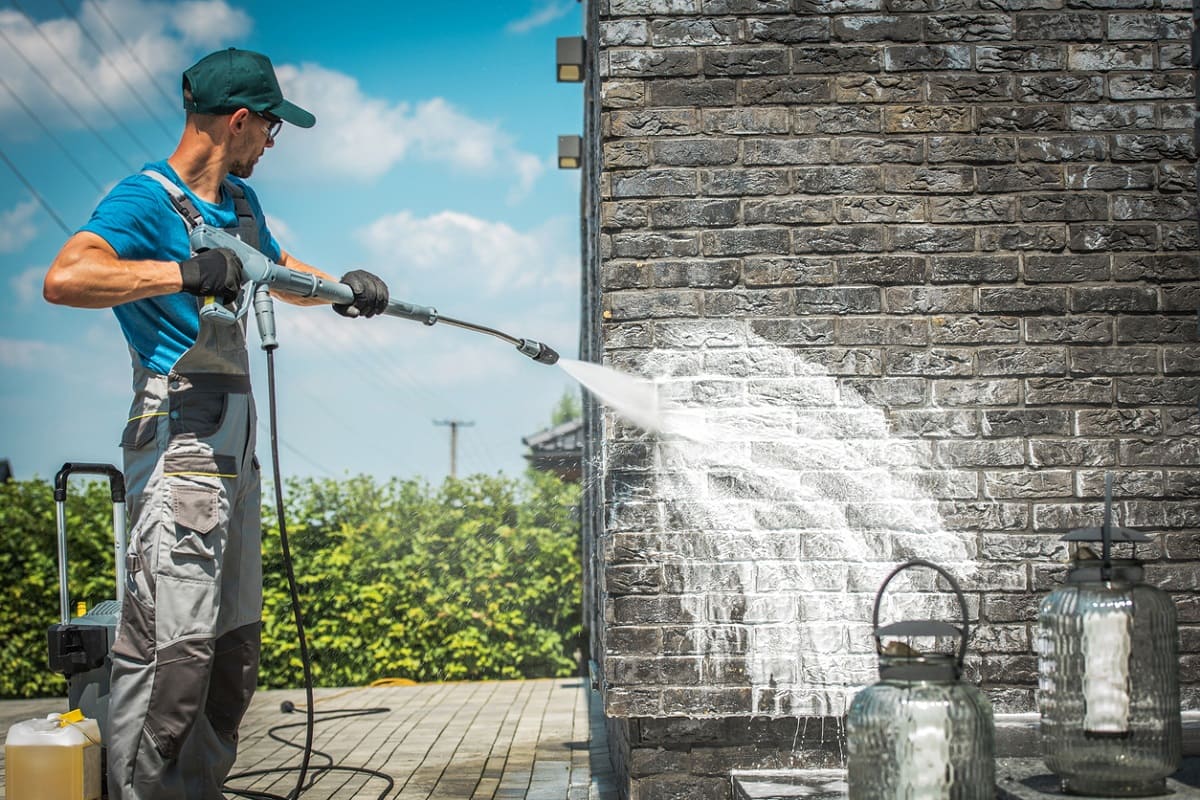
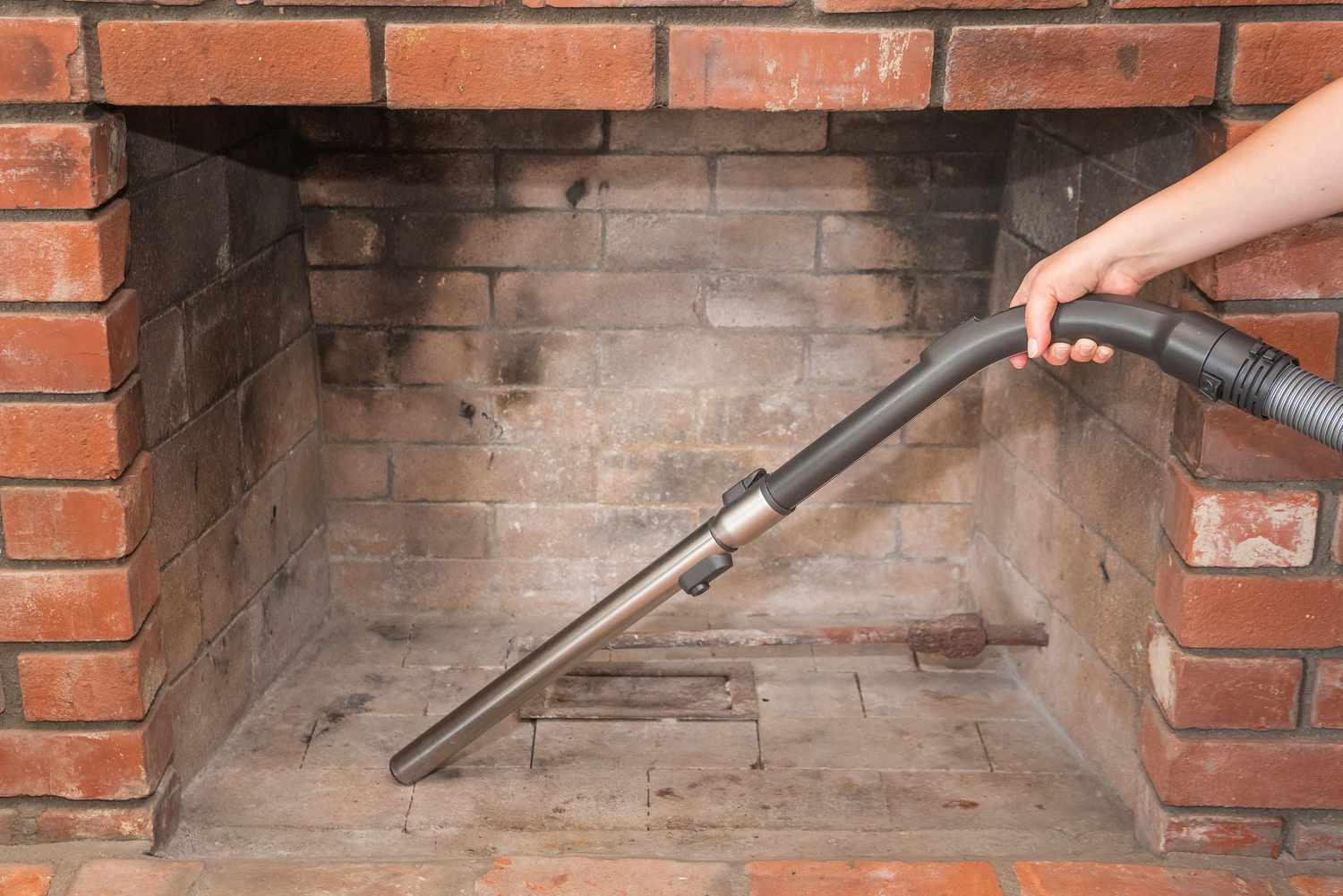
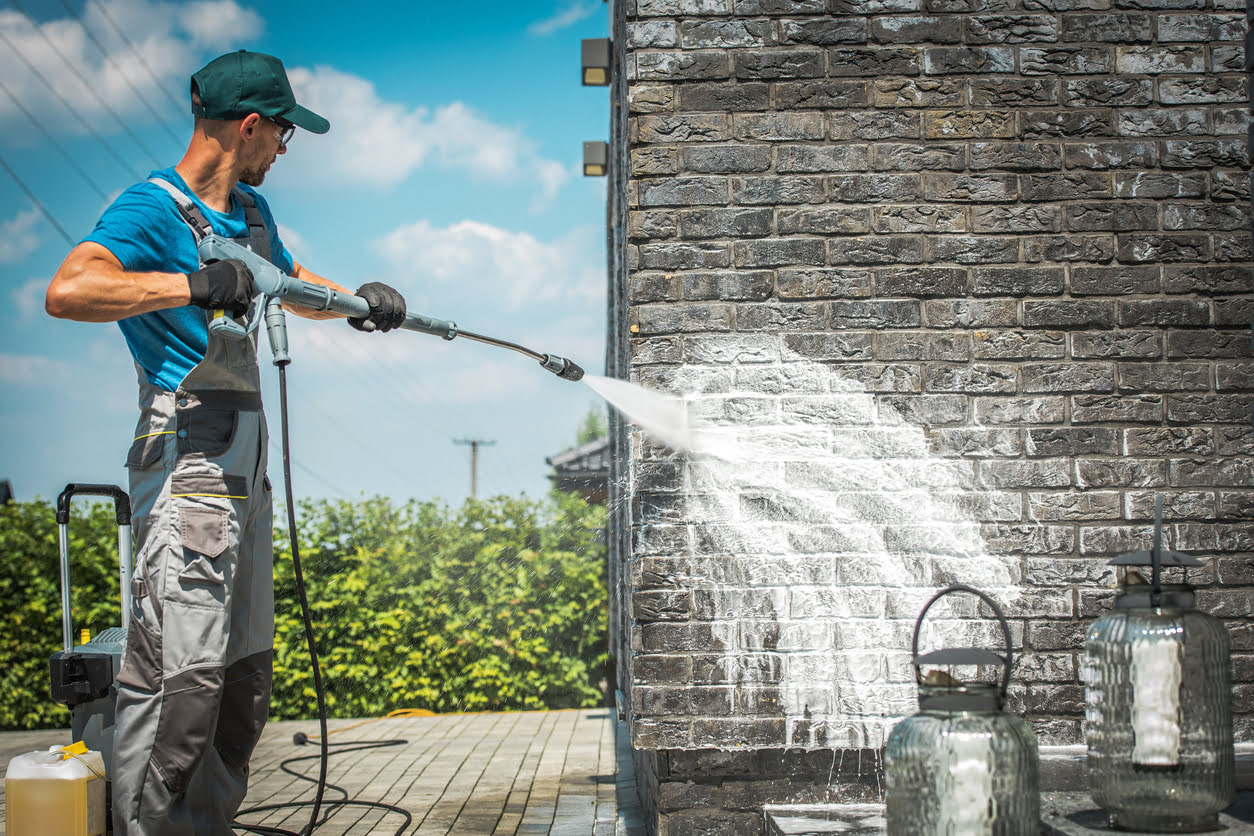
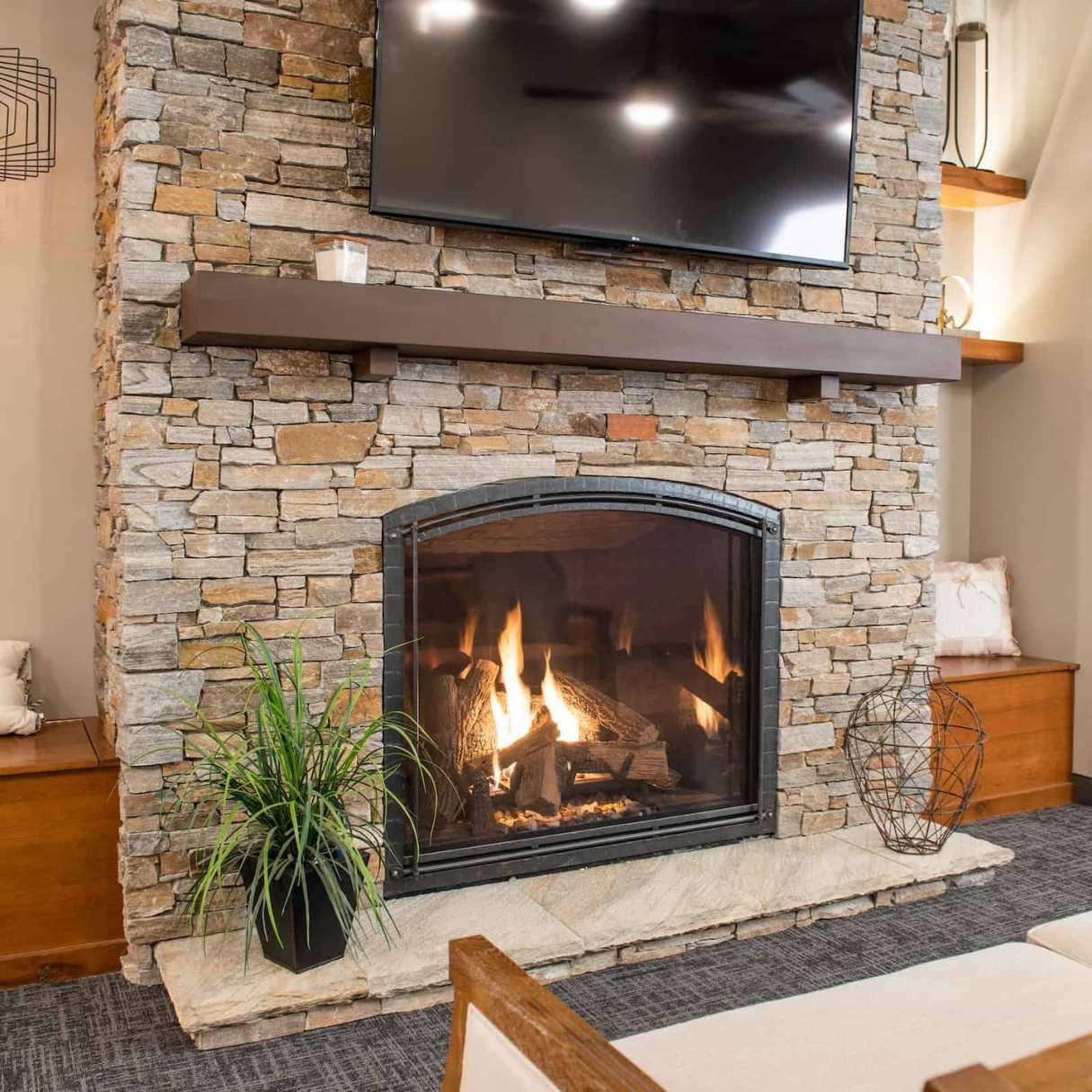
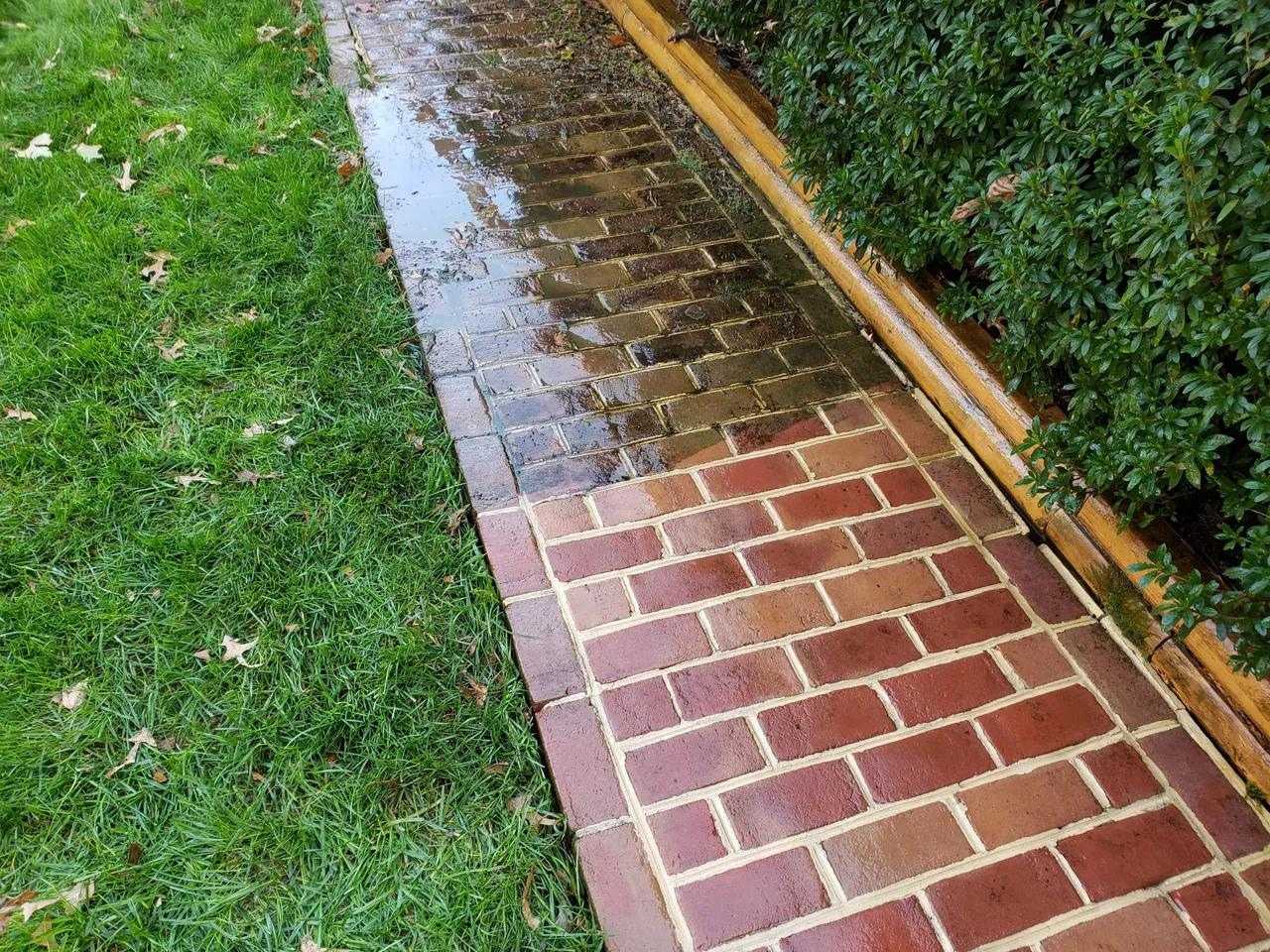
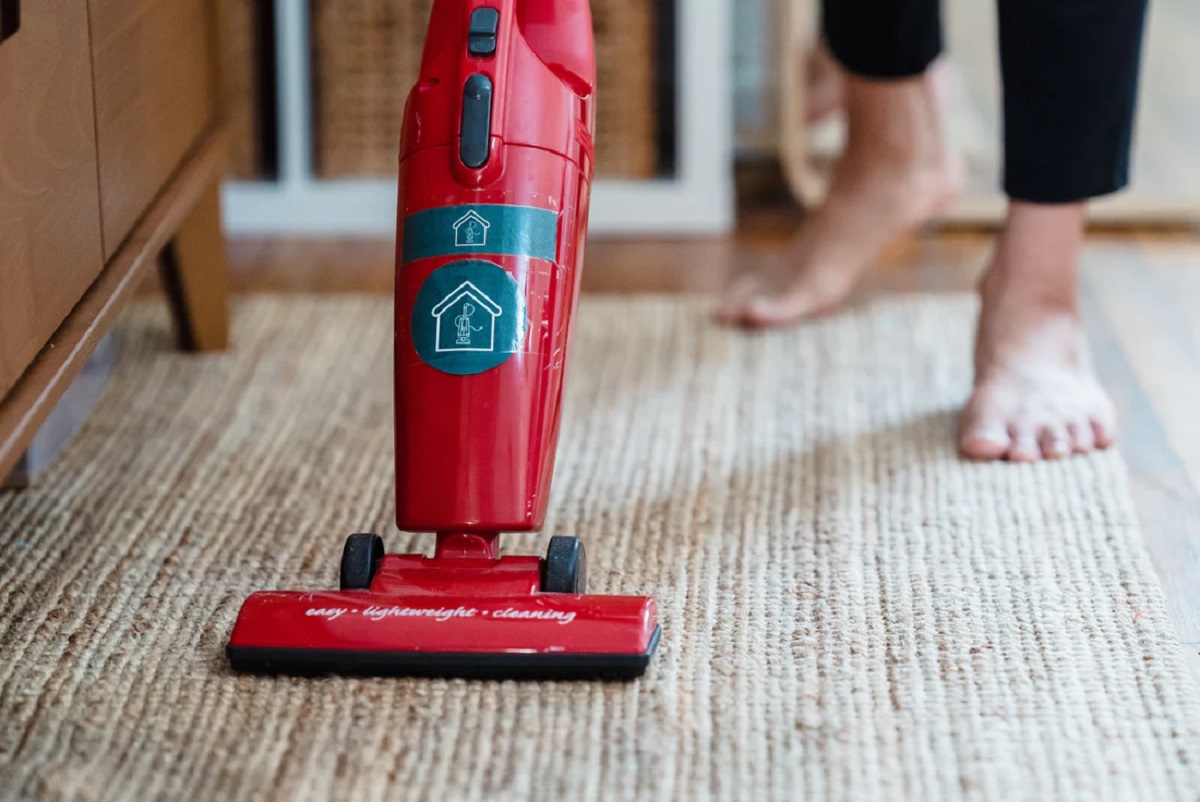
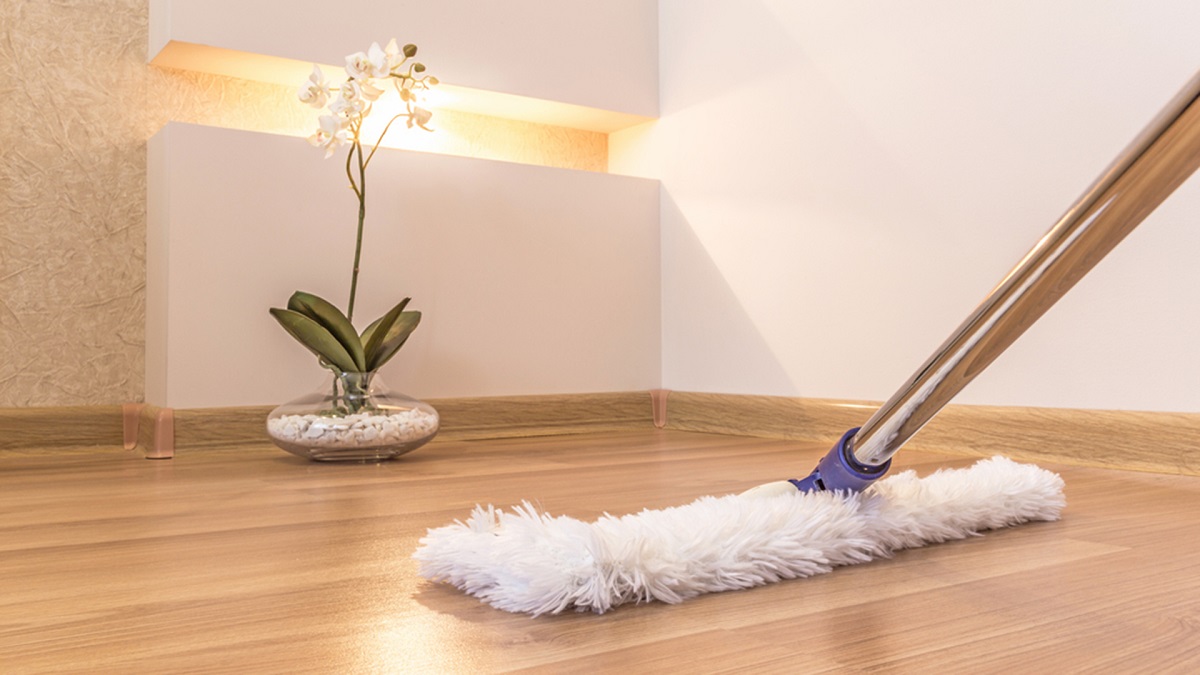

0 thoughts on “How To Clean A Brick Floor”